Amazing Sculptures Made out of Cardboard
Chris Gilmour was born in Stockport, UK (1973), but now calls Udine, Italy home. Using only cardboard and glue, Chris creates incredible sculptures that do not use any supporting structures or wooden/metal frames. Everything you see is 100% cardbaord. His medium of choice is plentiful, cheap and lightweight.
Guido Bartorelli summarizes Gilmour’s work
as follows:
Gilmour’s work includes stunning virtuoso life-size objects, as well as cruder and more essential reproductions, sometimes left at a stage that calls to mind drafts or models. These are however all based on objects we have all experienced first hand- a typewriter, a car, a bicycle, a wheelchair.
These objects are always carefully chosen for their evocative and conceptual power, for the potential for mnemonic narration that they contain. They offer a blank canvas upon which the viewer can project their own memories or experiences, recalling collective perceptions or the gestures and the rituals of daily life. All the objects have an uncanny power to provoke a sensation of attraction and a desire to interact in the viewer.
The ordinariness of the actions associated with these objects causes the viewer to unthinkingly act out the gesture associated with it- to type, or to open the car door- and it is this contradiction between the seeming functionality of the objects and the fact that in reality they are “fake”, this peculiar conceptual short circuit, which increases the bewildering effect of the works and lets us into a poetry of pure plastic forms.
How do you choose the things you portray?
There has been a progression in the choice of objects portrayed, which go from smaller domestic items (like the moka or the typewriter) to objects which are larger and belong to a broader cultural context (the Fiat 500, the Lambretta). However, the reason for the choice of objects has always been pretty much the same- they call up memories and emotions connected to our experience of these (everyday) things.
Since this is both a visual and conceptual work I choose objects for their visual appeal and cultural resonance, but I also usually choose objects which imply an action or interaction of some sort. The interaction of the viewer with the works seems to function as a kind of short circuit between an implied action and the impossibility of performing it: you want to open the car door, or turn the wheel on the bike, but of course you can’t. I think this immediacy is important to enter the work, to grab the viewer
What relationship is there between the artwork and the type of packaging you use?
Earlier works were made with very clean cardboard because I was aiming at a hyper-realistic effect which showed the material “at its best”, or rather seemed to do something impossible with it, making a perfect representation- indeed, many people assumed that the works were real objects that had been painted or covered in paper. The works I am producing now are made from cardboard boxes which are still found on the street, but which show all the printing, tape, labels etc.
I like the idea of concentrating on the material in its “natural state” and playing with the idea of these beautiful objects represented with a material from the waste basket. I guess it’s about trying to be as honest as possible with the material- I don’t want it to get too clean, so you can’t see what it really is. I think it gives another dimension to the work to use scrap cardboard packaging which has been thrown away after the coveted objects it contained have been removed.




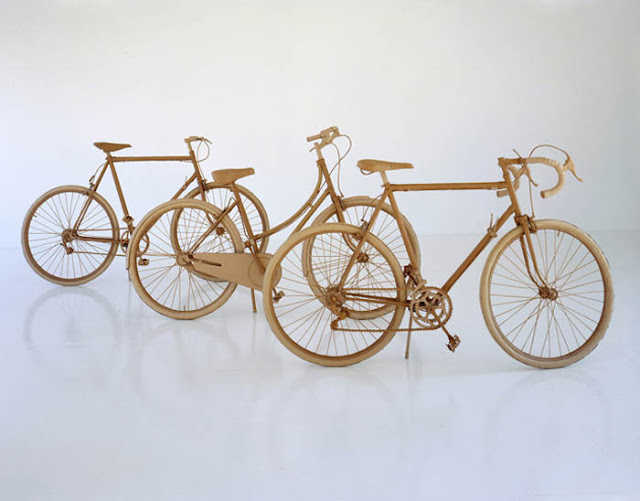




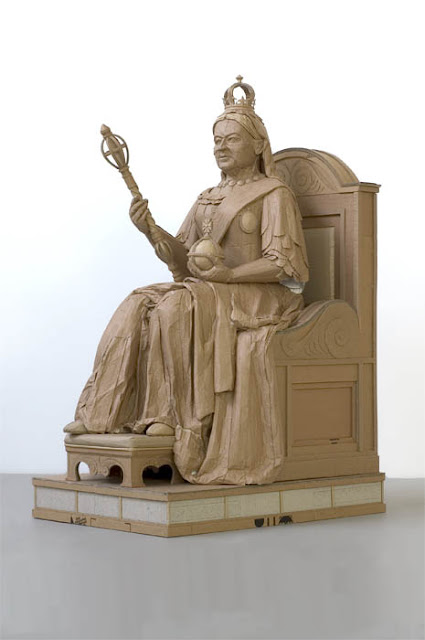
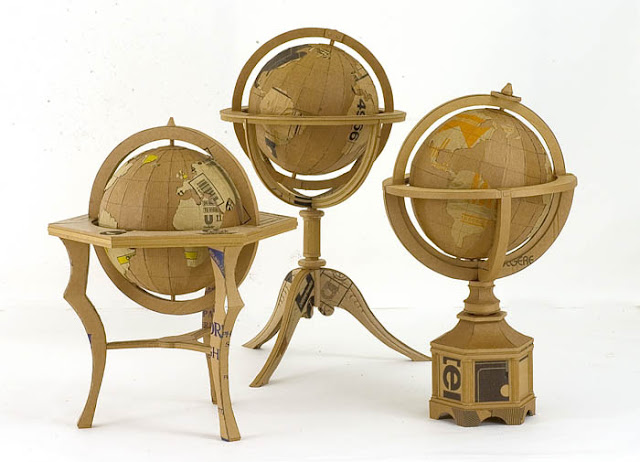

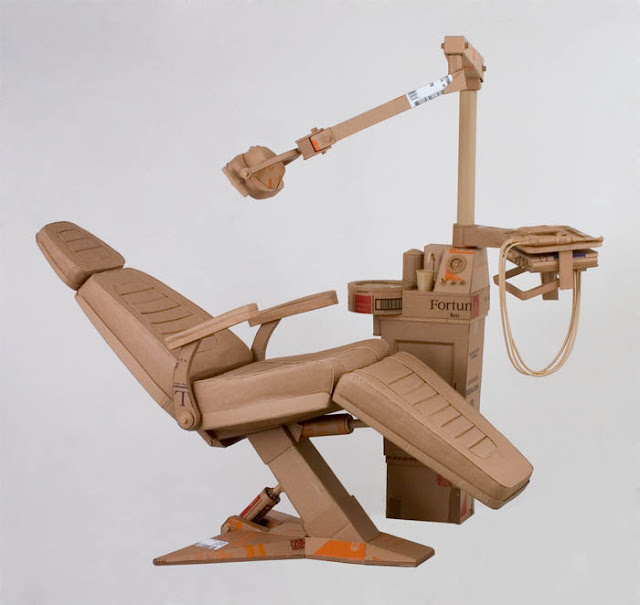
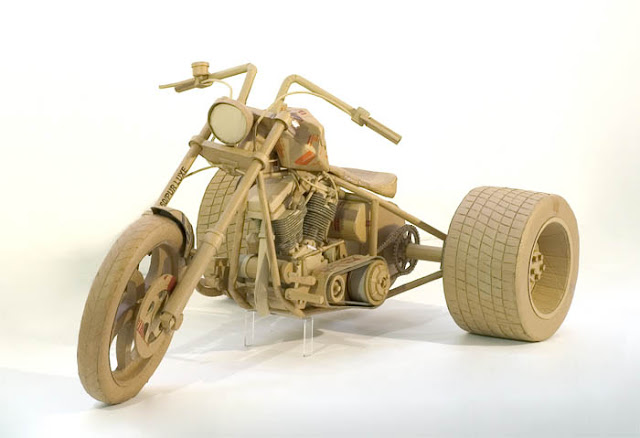
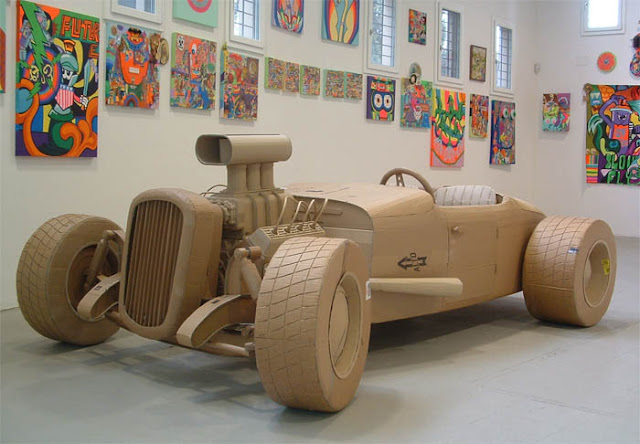

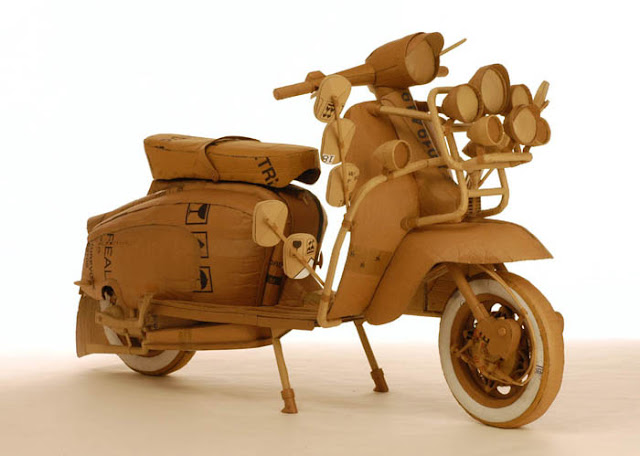
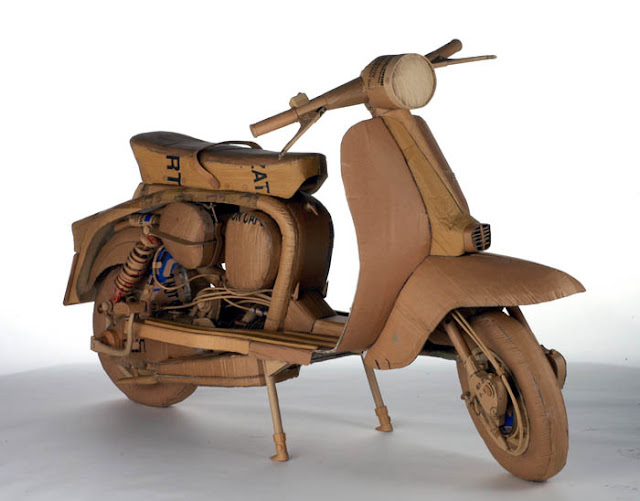


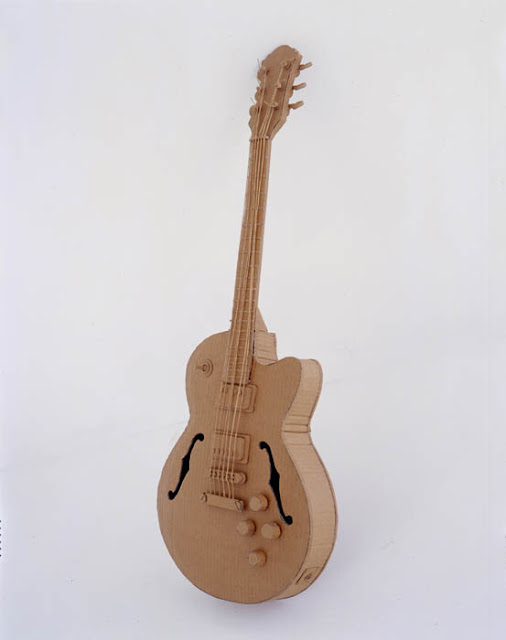

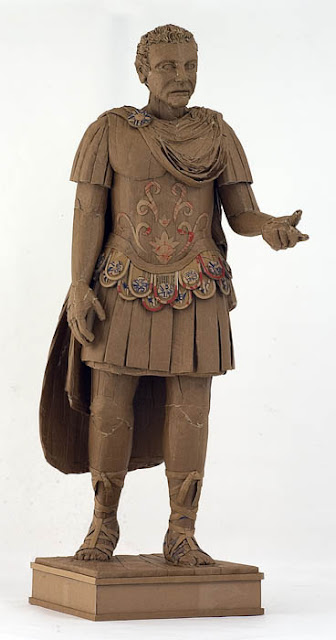

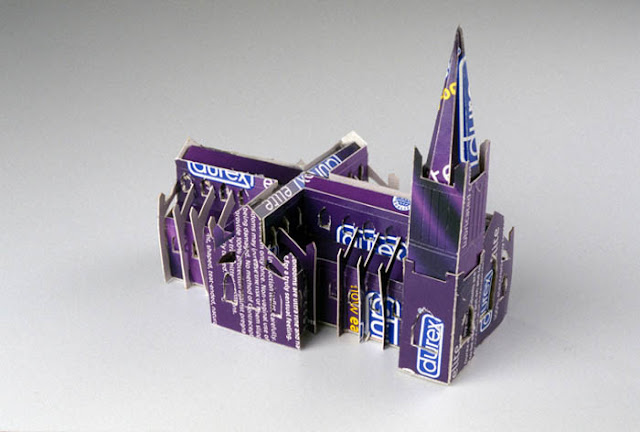

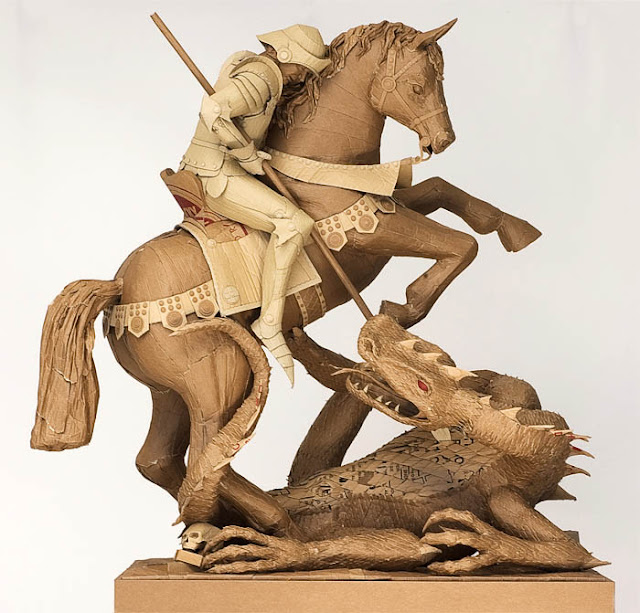

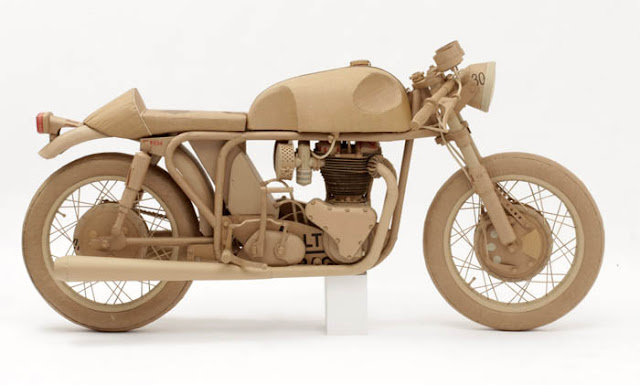
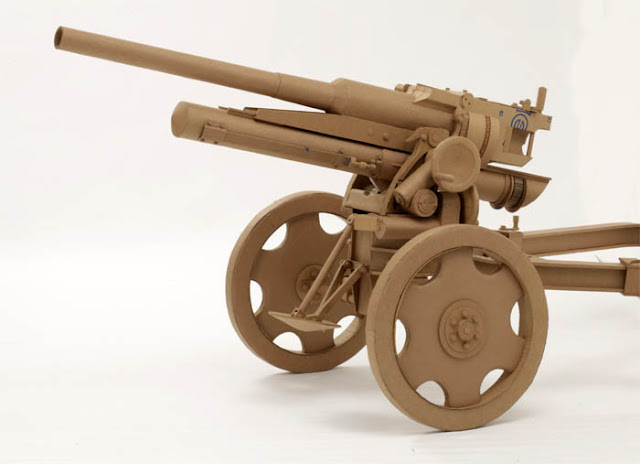
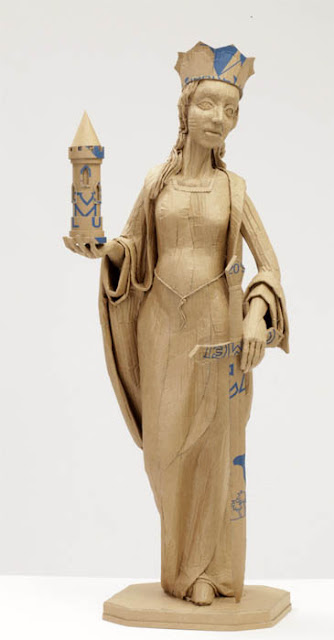








0 comments:
Post a Comment